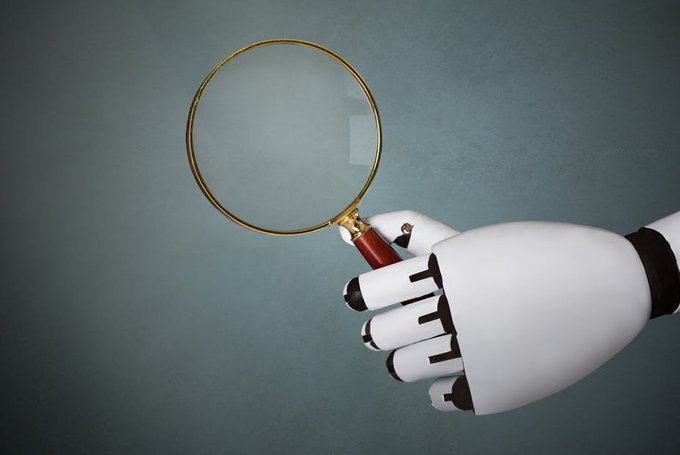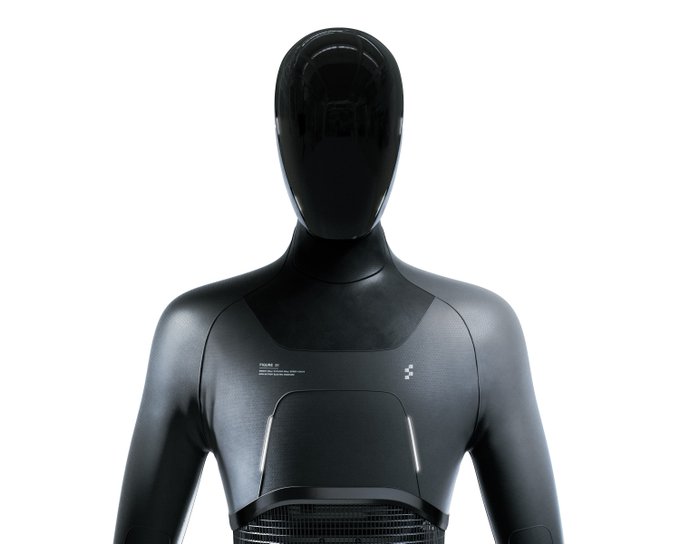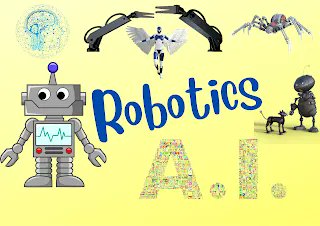Robots are featuring more and more in our daily lives. They can be incredibly useful (bionic limbs, robotic lawnmowers, or robots which deliver meals to people in quarantine), or merely entertaining (robotic dogs, dancing toys, and acrobatic drones). Imagination is perhaps the only limit to what robots will be able to do in the future.
What happens, though, when robots don’t do what we want them to – or do it in a way that causes harm? For example, what happens if a bionic arm is involved in a driving accident?
Robot accidents are becoming a concern for two reasons. First, the increase in the number of robots will naturally see a rise in the number of accidents they’re involved in. Second, we’re getting better at building more complex robots. When a robot is more complex, it’s more difficult to understand why something went wrong.
Most robots run on various forms of artificial intelligence (AI). AIs are capable of making human-like decisions (though they may make objectively good or bad ones). These decisions can be any number of things, from identifying an object to interpreting speech.
Mots-clés : cybersécurité, sécurité informatique, protection des données, menaces cybernétiques, veille cyber, analyse de vulnérabilités, sécurité des réseaux, cyberattaques, conformité RGPD, NIS2, DORA, PCIDSS, DEVSECOPS, eSANTE, intelligence artificielle, IA en cybersécurité, apprentissage automatique, deep learning, algorithmes de sécurité, détection des anomalies, systèmes intelligents, automatisation de la sécurité, IA pour la prévention des cyberattaques.






